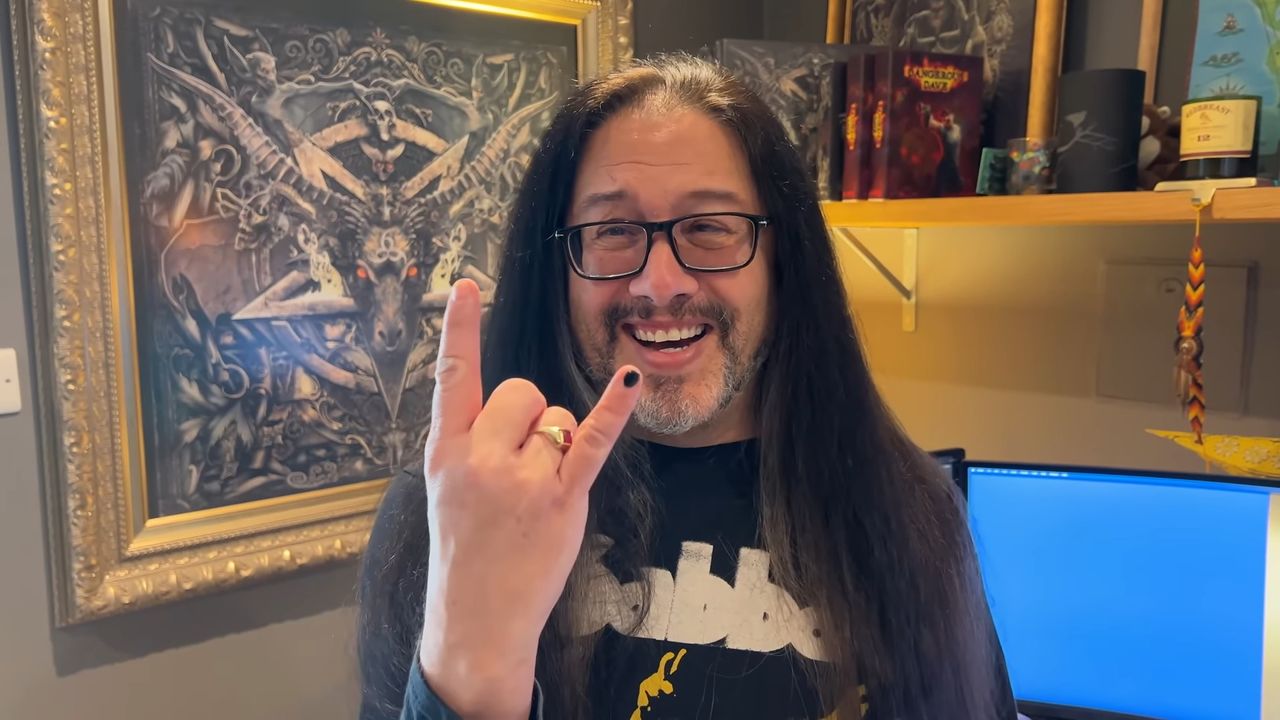I wouldn’t blame you for feeling like the games industry is in a dire state. Microsoft’s recent layoffs and studio closures are just the latest in a years-long, industry-wide bloodletting where successful game releases don’t provide any protection against corporate downsizing.
Things aren’t great at the moment, but legendary shooter designer John Romero says that whatever the industry’s future is, it’ll be one that indie developers are shaping.
In an episode of Nightdive Studios’ Deep Dive podcast, Romero was asked for his thoughts on the current state of the games industry. One important note: While the episode was released on July 21, it was recorded before the announcement that Romero Games had lost funding for its in-development shooter project.
Romero said that, more than anything, game development as an industry is “so much bigger than it used to be,” particularly in indie development.
“Just go to Itch.io if you want to see how many indies there are out there,” Romero said. “How many games are released on Steam every month? Most of them are indie games. iOS, Android—indie, indie, indie.”
And, Romero noted, it’s not just the volume of indie games. It’s the impact that they’re having, because “when we look at the Game of the Year awards, half the time it’s indies.” He then ran down a string of recent hits developed by independent devs and studios: Balatro, Baldur’s Gate 3, Helldivers 2, Clair Obscur—even the venerable Minecraft, an archetypal indie superhit before Mojang was sold into the Microsoft stable.
“These are all indies,” Romero said. “These people are the ones that make the triple-A companies go, ‘Wait a minute. We need to start doing this.'”
As for what that means for the industry’s future, Romero was optimistic. “The industry has mostly always gone up,” Romero said. “The amount of people playing games is massive.”
According to Romero, it’s easier than ever to put games in front of those players.
“You can make a game now and put it out there for people to get. Distribution is nothing now,” Romero said. “Like back in the day, no way. Getting on a disc? That was expensive. To get in a store? Forget it. You’re never going to do that as an indie.”
Thanks to low barrier-to-entry development software like Godot and Unreal Engine and distribution platforms like Steam and Itch.io, Romero said “technology is solved.” Instead, the main problem that developers face is discoverability.
“How is somebody going to see your stuff?” Romero said. “That really is down to [having] a great game design, because we do not have a technology problem anymore.”
While I’m firmly on team indie with Romero, it’s worth considering just how difficult that discoverability problem is to solve. Almost 19,000 games launched on Steam in 2024, and if you’re an indie dev, you’re competing with each and every one of those to earn the favor of the inscrutable Steam discovery algorithm.
And unfortunately, Romero’s interview doesn’t account for funding, which has remained a persistent issue for developers of all sizes once publishers and VC investors got skittish when the free money faucet of Covid-era low interest loans dried up.
Unless you’re lucky enough to be one of the world’s Localthunks and ConcernedApes—or Larians or Arrowheads, or other established studios—you don’t already have Balatro and Baldur’s Gate successes to fund your future endeavors. Without external funding, indie devs are forced to develop on personal time outside their day jobs or develop full time while bleeding their savings—the latter of which is only feasible for a few.
I’d love for indies to save us, but saving an industry is hard when you have to make rent.
